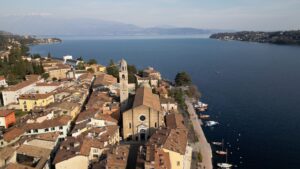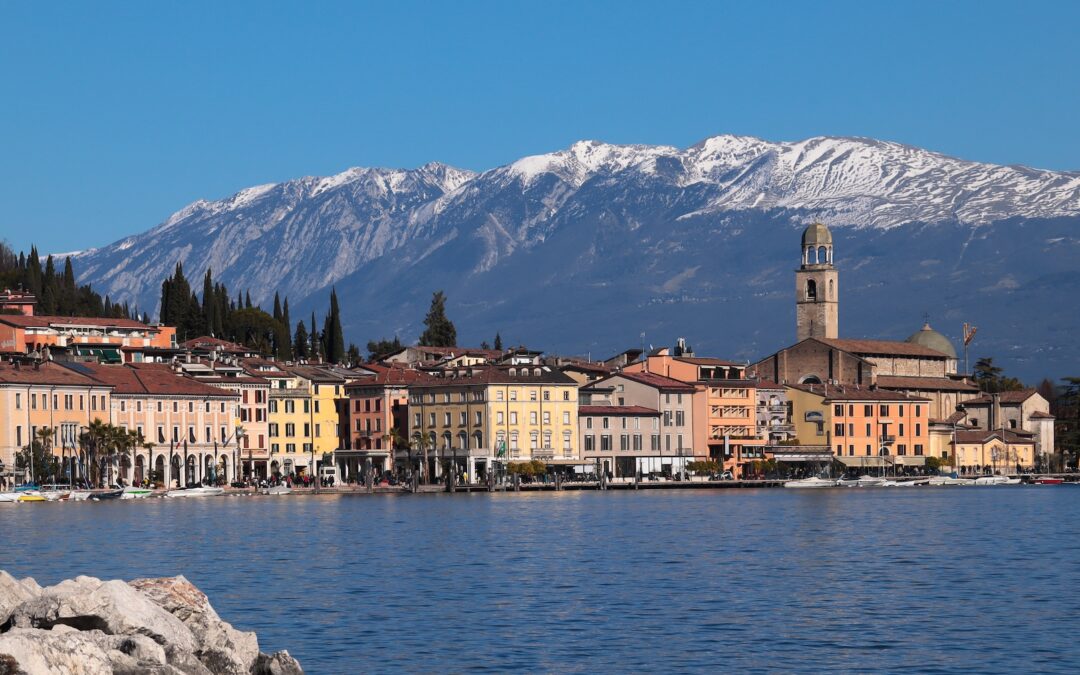Northern Italy, the Birthplace of Decorative Door Hardware
Eighty years ago, as Europe began to rebuild after the devastation of war, the valleys of northern Italy, laid the groundwork for what would become the modern decorative door hardware industry.
Northern Italy’s long-established reputation in steel metallurgy and precision metalworking, dating back to the 1880s, had already positioned it as a regional hub for fasteners, tools, and iron components. This industrial specialization, noted in Italy’s broader network of small and midsize manufacturing enterprises, naturally evolved into the production of architectural and construction-grade hardware, including locks, levers, and trim components
Generations of skilled tradespeople shaped architectural fittings using techniques passed down through families, blending practical know-how with creative intent. Combined with Italy’s national emphasis on aesthetics, this environment fostered a new way of thinking about utilitarian components. Items like door handles evolved from functional parts into intentional expressions of style and design concepts.
It was within this environment that Frascio was founded in 1945.
Frascio’s Founding and Growth (1945–2000s)

Frascio began as a small artisan workshop at the end of World War II. As Italy entered a period of rapid reconstruction, the demand for architectural components surged, especially in residential housing and civic infrastructure. While many manufacturers focused on simple, utilitarian designs to meet demand, Frascio distinguished itself early by combining functionality with attention to form.
Embedded within a region known for metalworking, Frascio benefitted from deep artisanal traditions and a dense ecosystem of small metal-focused manufacturers. This environment supported experimentation and high standards in machining, casting, and finishing. Rather than mass-producing commodity parts, Frascio focused on precision machining and durable materials, appealing to architects, designers, and builders looking for refined components that supported evolving ideas about modern design.
During the 1960s and 70s, Italian design emerged as a cultural export, and decorative hardware began gaining importance in furniture, interiors, and architectural applications. Frascio leaned into this shift, offering hardware that reflected both the aesthetic minimalism of Italian modernism and the mechanical integrity demanded by postwar rebuilding. Their levers, roses, and escutcheons weren’t merely building supplies but design elements, aligning with the rising expectations of form-meets-function in high-end residential and commercial spaces.
In the 1980s, Frascio was among the first in the industry to adopt PVD (Physical Vapor Deposition) finishing. At a time when most hardware was finished using lacquer or electroplating, Frascio recognized the potential of this newer process, which provided greater resistance to wear, corrosion, and environmental stress. The company’s willingness to invest early in emerging technology laid the groundwork for what would become a defining strength in both finish quality and product longevity.
Frascio’s International Expansion (2000s)

Although Frascio had been present in the North American market for some time, it became recognized that the needs and requirements of this market were fundamentally different than the European market. Unlike Europe, where decorative levers and door hardware are purchased separately, the North American market generally sources complete door hardware as a single unit.
This fundamental difference in market structure, along with differences in design tastes, different standards organization and codification requirements made it clear that an adjusted model would be needed to be successful in the North American market. Therefore, the Indianapolis based Frascio International was established to focus on serving these needs and building a business addressing the requirements of architects, designers, and contract hardware distributors in this market. Frascio International also expanded the Frascio line by adding new sliding door and door pull hardware.
The Modern Era: Design, Innovation, and Market Expansion
A shift in direction began in 2013 under the leadership of Massimo Soldi, who led a full-scale modernization of the company’s operations, product range, and market approach. Frascio expanded its offerings, introduced new finishes and surface technologies, and adopted more sustainable materials and manufacturing processes. New investments were made in automation, digital design, and environmental responsibility.
This next phase positioned Frascio not only as a manufacturer, but as a brand focused on supporting interior architecture. At this point the North American Frascio International was also renamed FR International.
While Frascio SRL (Italy) continues to focus on lever design, finish development, and manufacturing, FR International augments the Frascio line for North America with additional lever designs, expanded sliding door hardware and architectural pulls and delivers on-the-ground support, and regional logistics. Together, these two organizations are bringing the Frascio brand to a global market.
 Salo, Italy on Lake Garda, Frascio’s home.
Salo, Italy on Lake Garda, Frascio’s home.
Looking Ahead
Frascio’s commitment to design excellence, innovation, and quality manufacturing remains unchanged as it marks 80 years in business. From its early beginnings in Sabbia Valley to its current role in global projects, the company continues to support architects and designers in creating spaces where hardware supports both function and form.
With its strategic alignment through FR International, Frascio is well-positioned for the future, offering hardware that meets modern performance standards while staying true to the values that defined its past.

